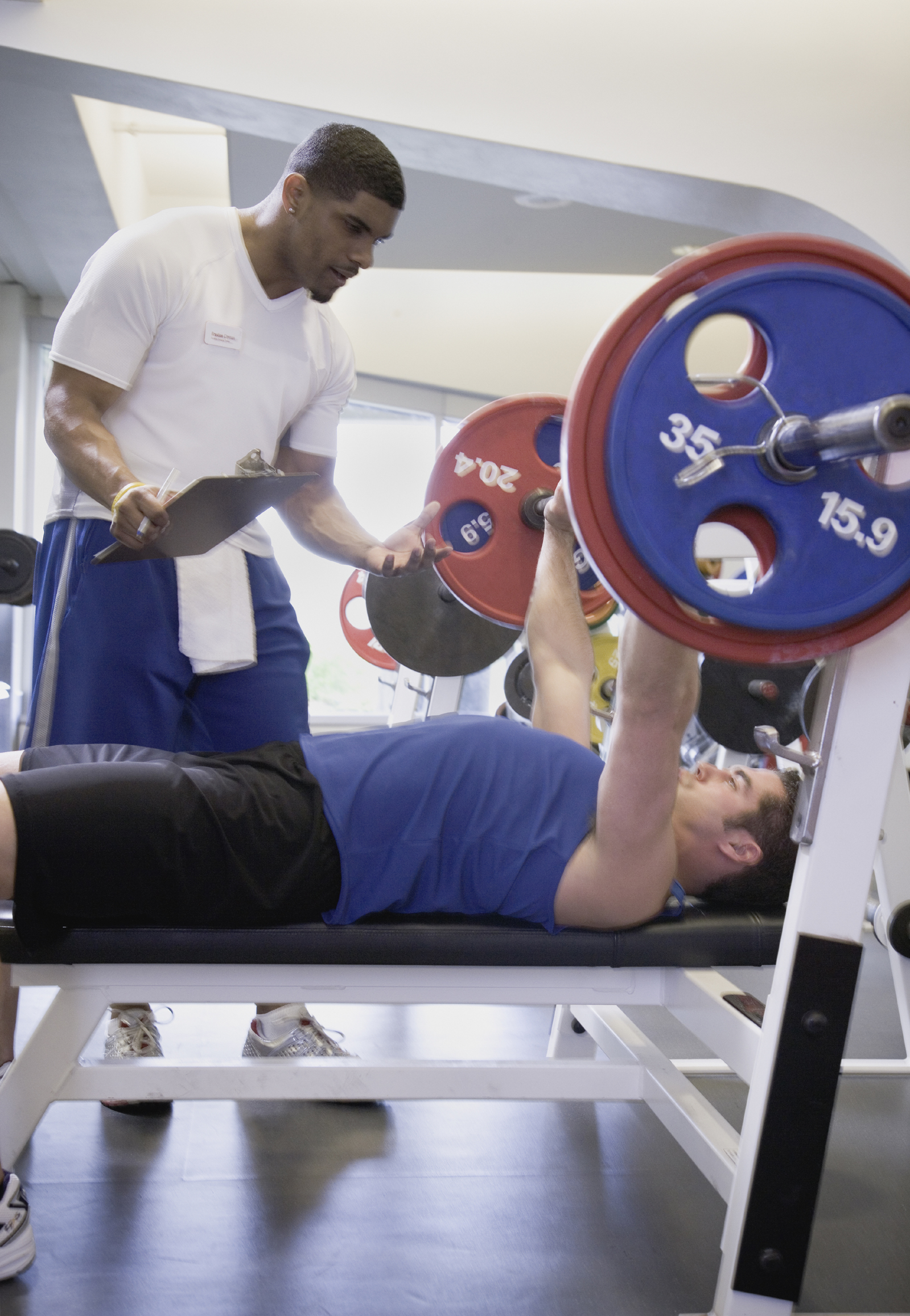The Global Position System is commonly used to help people reach their destination when traveling. But another type of GPS can help us get from setting a goal (point ‘A’) to achieving that goal (point ‘B’) – no orbital satellite needed!
In this case, the GPS stands for Goal setting, Pursuing strategies and Shifting gears. It is a planning framework to help determine, pursue, and achieve a goal of any kind. In personal training, this be useful for slimming down, toning up, or any other colloquialism that basically means improving and/or maintaining a level of fitness for your clients.
Let’s look at this concept as it might apply between a client and trainer.
Goal Selection: Choose a meaningful, demanding and realistic goal.
Client: “I’ve wanted to get in shape for a long time, but there never seems to be enough time in the day or week to squeeze in enough workouts to make a noticeable difference.”
Trainer: Part of working with a client is to develop a fitness plan to help him or her to achieve realistic goals. Ask the client what part of “getting in shape” is most important to him or her. It may be clear at that point that the client may need guidance on clarifying that goal, the first step toward achieving it. The client’s primary stated conflict is a perception of not having enough free time each week to exercise enough to achieve noticeable results. So a training goal might be to maximize the effectiveness of workouts that he or she can perform in the gym, and to encourage the client to identify “lost time” that might be used for exercise outside the gym environment.
Pursue Strategies: Create a step-by-step plan to make ongoing choices to support your goal.
Client: “Looking over my schedule, I think that if I can consolidate a few errands to a single morning, I can free up some time during the week.”
Trainer: Now that the client has identified some “lost time”, what movements will yield the greatest benefit for the amount of time in the gym the client can allot?
Shift Gears: Change strategies if you’re having difficulties reaching your goal. Seek help from others. What are you going to do when things get in your way?
Client: “I’ve just taken on a new project at work that looks like it is going to take more time during the week, at least in the first few stages. How am I going to squeeze in enough workouts now?”
Trainer: Plans should be flexible enough to allow for changes, such as work schedules, that have a direct impact on how much and how often a client can train. With a new workload, the client believes there will be less time to devote to workouts. How can the client’s regimen be adapted to compensate?
As can be seen, this mnemonic is simple enough to keep in mind and at the same time broad enough to cover a variety of real-life situations. So the next time a client is looking for some help with direction, remember the GPS!

